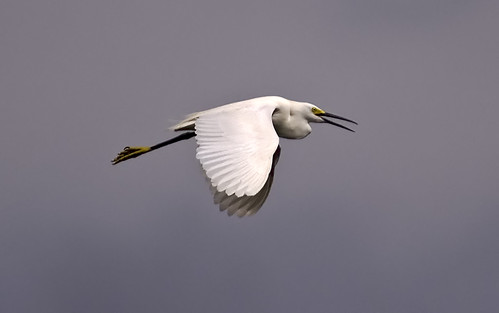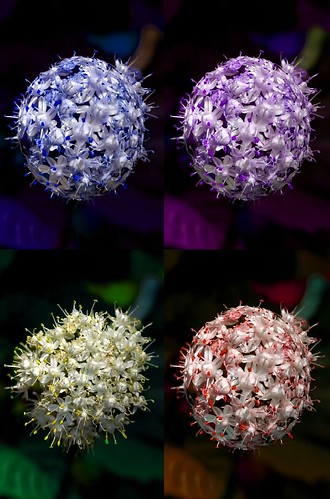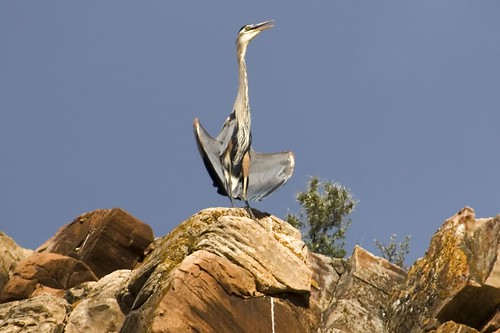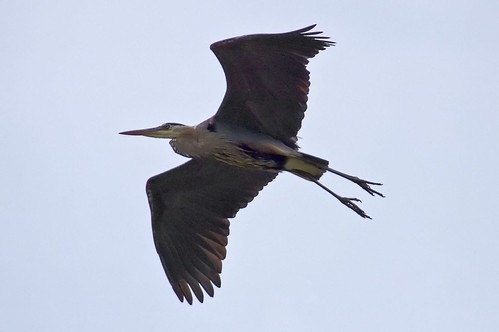The source material for this montage was a photo I took of our Walla Walla Sweet Onions in the garden. I had a lot of fun making this, it made for a nice change of pace.
Wednesday, June 28, 2006
Tuesday, June 27, 2006
Time-Lapse Photography of a Spider Lily Bloom Opening
This is a time-lapse sequence of a spider lily flower that opened tonight. It opens in no time at all, with the main part of the show just 15-20 minutes.
The flowers open at dusk (notice it getting darker) as it's night-pollinated (moths, etc.). The species seen here is native to Mexico, growing near river banks and similar habitat. It smells really sweet at night!
I took the photo using the D70's onboard flash with the camera on a tripod. It's amazing how much the plant moves over the course of an hour and a half or so, heh. I used a total of 34 photos to make this animation. If you want to see a continuously-looping animated GIF version that is slightly higher-quality click here (dial-up warning, 4 mbs).
Friday, June 23, 2006
Friday Flora
One of my favorite native wildflowers of Colorado with a little insect friend. The Monument Plant (Frasera speciosa) is an amazing plant, learn all about it here. A few quick factoids to underscore that point (from the link above):
Dr. David Inouye at the Rocky Mountain Biological Laboratory in Gothic, Colorado indicates that Monument Plant flowers only once in its lifetime of 20 to 80 years and then dies. It is thus called a monocarpic plant, i.e., one which grows many years, flowers once, then dies. They can reach heights of over six feet!
Dr. Inouye's research also shows that large numbers of Monument Plants flower every 2-4 years. When such a coordinated flowering occurs, dozens, or even hundreds of plants flower within a small area (often a sunny, grassy hillside). The 2003 blooming season was the most spectacular in at least the past 40 years. The 2005 blooming season almost equaled the 2003 season.
From first hand experience I would agree that they were very good years for viewing this great plant. One place to see them is just south of Tie Siding Wyoming on a dirt road that heads to Cherokee Park Road in Colorado. Can't think of the name of it, but pull up a map and you will find it, or send me a message and I will look it up!
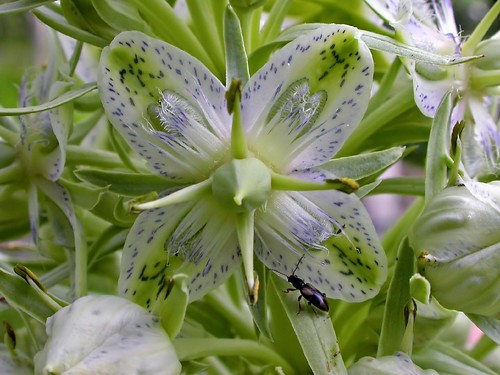
Sunday, June 18, 2006
Do You Heron Me Now?
Can't... stop... posting... Great Blue Heron photos.
We went birding for Father's Day this morning over at Boyd Lake State Park in Loveland, Colorado. Great Blue Herons overfloweth.
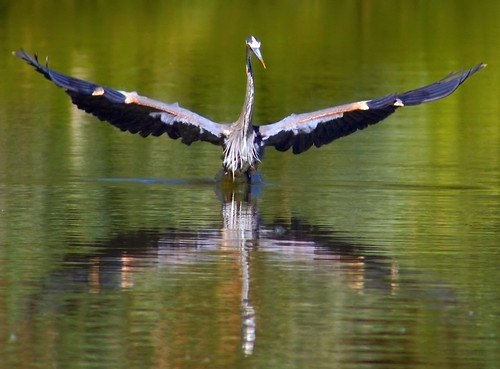
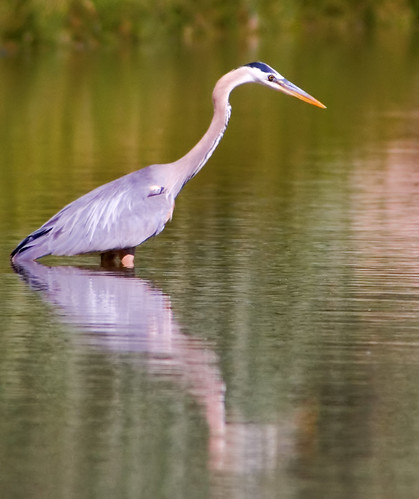
Wednesday, June 07, 2006
One Good Heron Deserves Another
Black-Crowned Night Herons now have a productive rookery near where I grew up in Greeley, Colorado. The rookery is at Glenmere Park on an island in the middle of a lake. Previously the island had become a rundown rat-infested affair but after a community effort to clean it up the lake is now a premier birding stop in Greeley. Today I was in town to get count them TWO root canals done and decided to swing by the park why I recovered and see if I could get some shots. Here's a Black-Crowned Heron coming in for a landing:
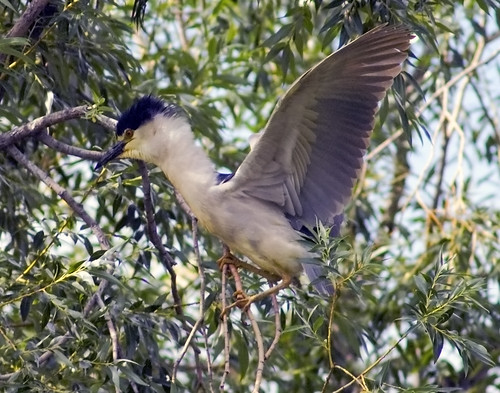
Sharing the island with the herons are a number of breeding Snowy Egrets, one of our more elegant birds:
